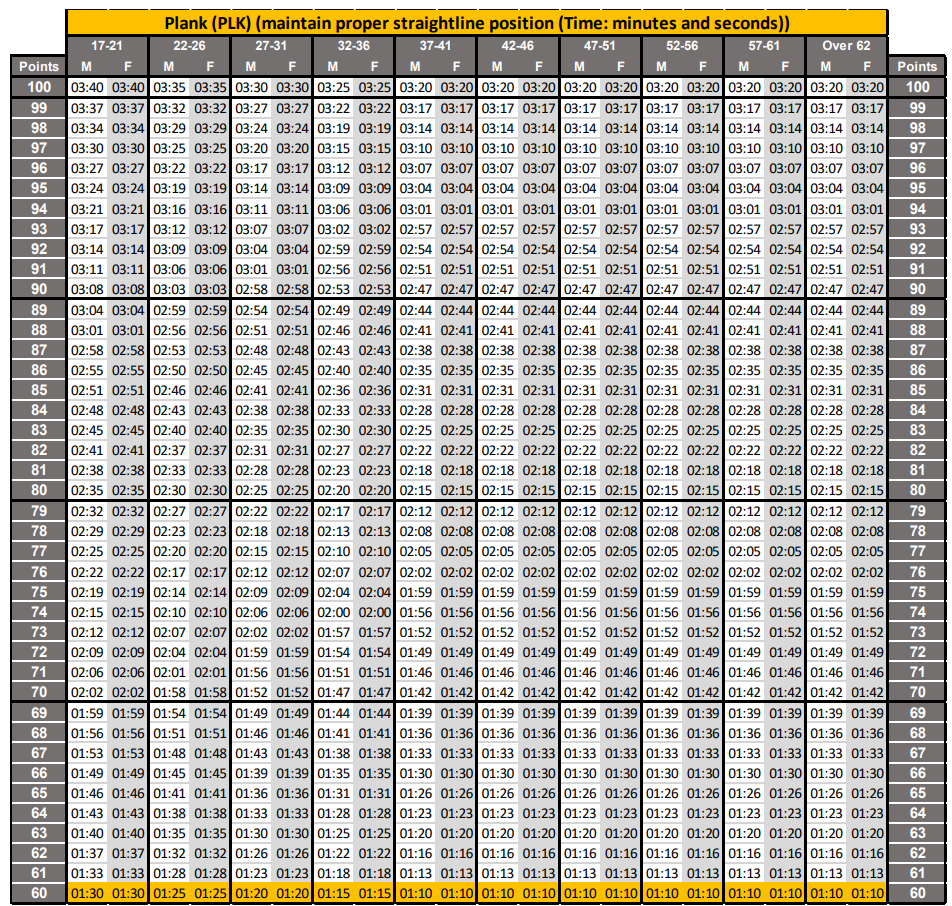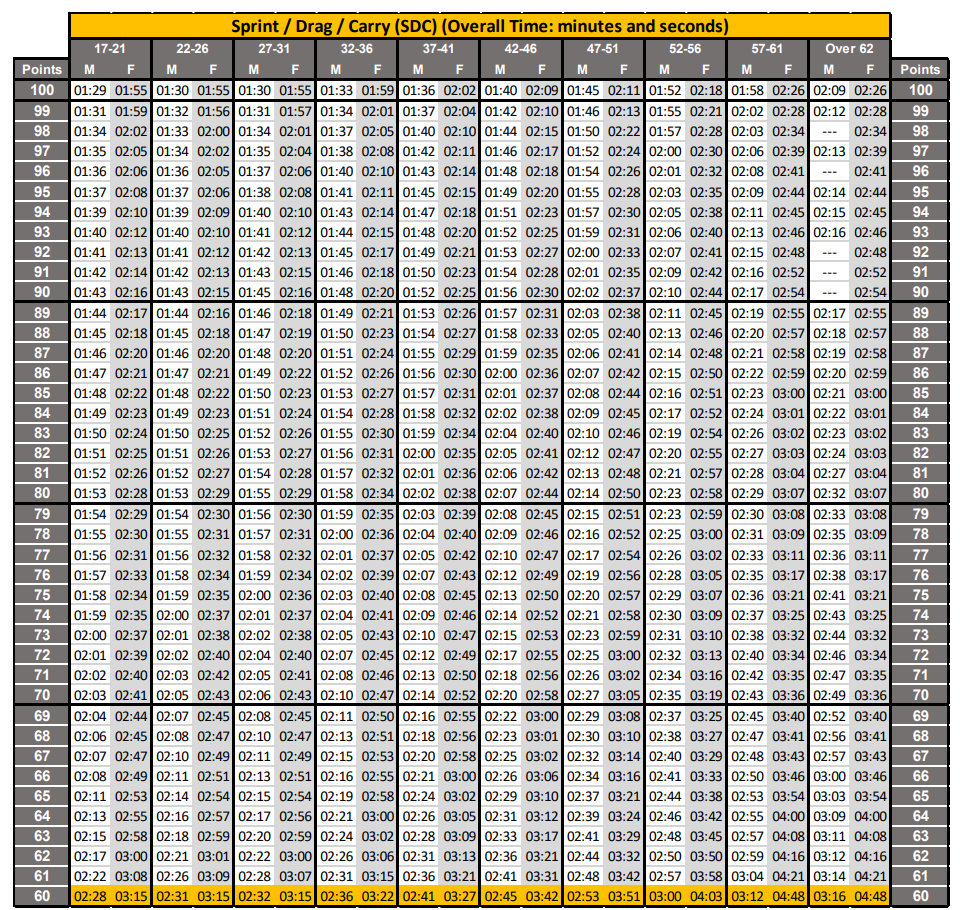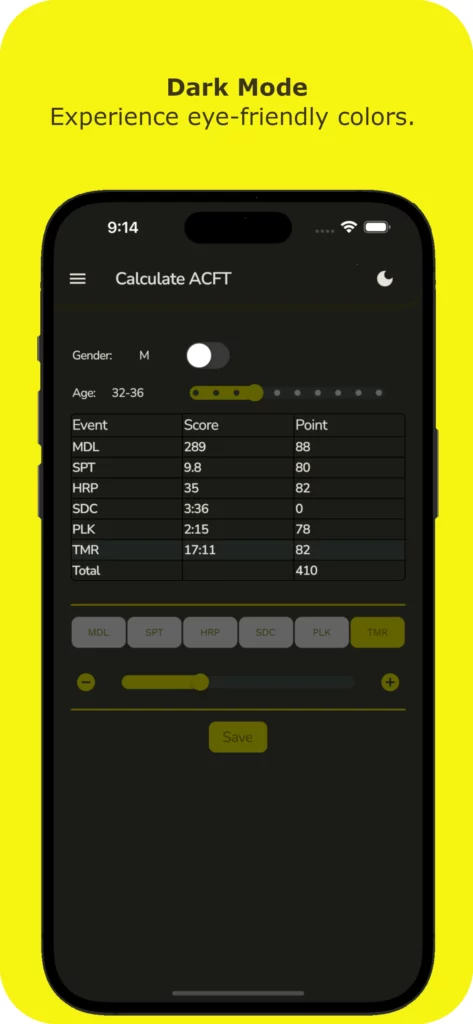The Army Combat Fitness Test (ACFT) is a comprehensive assessment that measures soldiers’ physical fitness and readiness. It consists of six events designed to evaluate different aspects of strength, power, agility, and endurance. The ACFT events have undergone updates and changes in 2023 to align with the latest standards and regulations.
The Army Combat Fitness Test (ACFT) is a comprehensive assessment consisting of six distinct events, each meticulously designed to evaluate a soldier’s strength, endurance, and agility. These events encompass a range of physical abilities, ensuring a comprehensive evaluation of a soldier’s overall fitness and readiness.
The first event, the deadlift, measures a soldier’s lower body and back strength as they lift a barbell loaded with weights from the ground to a standing position. This event specifically targets the muscles of the legs, hips, and lower back, assessing a soldier’s ability to generate power and strength.
The standing power throw event tests upper body power and explosiveness as soldiers throw a 10-pound medicine ball as far as possible. It evaluates the capacity to generate force and transfer power through the upper body, including the shoulders, chest, and arms.
The hand-release push-up event focuses on upper body and core strength. Soldiers perform push-ups by lowering their chest to the ground, releasing their hands, and then pushing back up. This event assesses a soldier’s ability to generate force and endurance in the chest, triceps, shoulders, and core muscles.
The sprint-drag-carry event evaluates total body strength, endurance, and agility. It involves a series of sprints, sled drags, kettlebell carries, and additional sprints. This comprehensive event simulates real-life scenarios, testing a soldier’s cardiovascular fitness, leg and upper body strength, as well as their coordination and agility.
The leg tuck event targets core and upper body strength as soldiers perform a hanging knee-up exercise. It evaluates the muscles of the core, including the abdominal, back, and hip muscles, emphasizing the importance of core endurance and strength.
The final event, the two-mile run, assesses a soldier’s cardiovascular endurance and aerobic fitness. Soldiers strive to complete a two-mile distance in the shortest time possible, showcasing their stamina and ability to sustain a high level of effort over an extended period.
Each event in the ACFT is scored on a point system, and the maximum possible score a soldier can achieve is 600 points. By assessing a soldier’s performance across these diverse events, the ACFT provides a comprehensive evaluation of their physical capabilities, ensuring they are prepared to meet the demands of military service.
| # | Event | Description |
| 1 | Max Deadlift (MDL) | A soldier lifts a barbell from the ground to a standing position, measuring lower body and back strength. |
| 2 | Hand Release Push Up (HRP) | A soldier performs a push-up, lifting their hands off the ground at the bottom, measuring upper body and core strength. |
| 3 | Two Mile Run (TMR) | A soldier runs two miles as fast as possible, measuring cardiovascular endurance. |
| 4 | Standing Power Throw (SPT) | A soldier throws a 10-pound medicine ball as far as possible, measuring upper body power. |
| 5 | Plank (PLK) | A soldier holds a plank position for two minutes, with the elbows and forearms on the ground, and the body in a straight line from the head to the heels. |
| 6 | Sprint Drag Carry (SDC) | A soldier sprints, drags a sled, carries two kettlebells, and sprints again, measuring total body strength, endurance, and agility. |
The ACFT events include the Three-Repetition Maximum Deadlift, where soldiers lift the maximum weight they can for three repetitions, testing their lower body and core strength. The Standing Power Throw assesses explosive power as soldiers throw a 10-pound medicine ball as far as they can. Hand-Release Push-Ups measure upper body strength and endurance, while the Sprint-Drag-Carry event tests soldiers’ speed, agility, and anaerobic endurance through a series of sprints, drags, and carries.
Please click the images to find detailed information about these six events:
The Leg Tuck evaluates core and upper body strength as soldiers perform a hanging knee-up exercise, and finally, the Two-Mile Run assesses aerobic endurance and cardiovascular fitness. These events are crucial in determining a soldier’s overall fitness level and readiness for military service.
To assist soldiers in tracking and calculating their ACFT scores, the ACFT Calculator web app comes into play. Specifically designed for the 2023 ACFT standards and regulations, this user-friendly online tool simplifies the score calculation process and provides accurate results instantly. It incorporates the ACFT score chart for 2023, ensuring that soldiers have access to the most up-to-date standards and scoring criteria.
The ACFT Calculator web app aims to simplify the process of preparing for and tracking ACFT scores. It may offer features helping soldiers stay organized and focused during their training. The app may also allow users to set goals, monitor progress, and compare their scores to the Army’s standard requirements, facilitating continuous improvement.
In conclusion, the Army Combat Fitness Test (ACFT) is a critical assessment that carries significant consequences for soldiers who repeatedly miss it. The potential outcomes, such as being placed on a physical fitness remediation program or even facing separation from the military, can have far-reaching implications for a soldier’s financial stability and future career prospects.
Beyond the personal repercussions, missing the ACFT also impacts a soldier’s readiness and ability to fulfill their duties. Physical fitness is an essential aspect of military readiness, and soldiers who are not physically fit may struggle to perform their duties effectively. This can have a direct impact on their unit’s readiness and, ultimately, the success of the overall mission.
To mitigate these consequences, it is crucial for soldiers to take the ACFT seriously and prioritize their physical fitness. Regular training, adherence to fitness standards, and a proactive approach to maintaining peak physical condition are necessary to avoid the adverse effects of missing the ACFT.
Furthermore, commanders and leaders play a crucial role in fostering a culture of fitness and supporting their soldiers in meeting ACFT requirements. Providing resources, training opportunities, and guidance can help soldiers develop and maintain their physical fitness, ensuring that they remain prepared for the physical demands of military service.
In summary, the ACFT should not be taken lightly. Soldiers must recognize the potential consequences of repeatedly missing the test and take proactive measures to maintain their physical fitness. By doing so, they can safeguard their career, contribute to unit readiness, and fulfill their duties with effectiveness and confidence.













